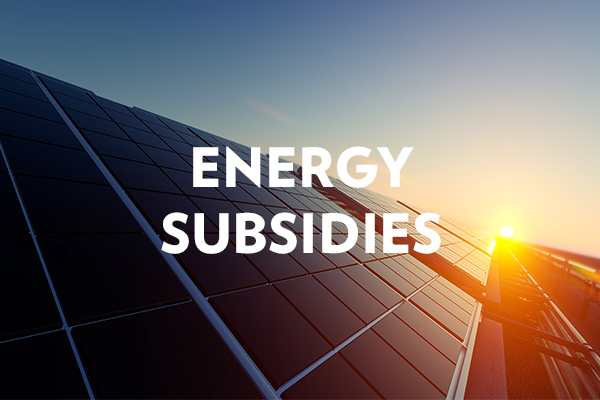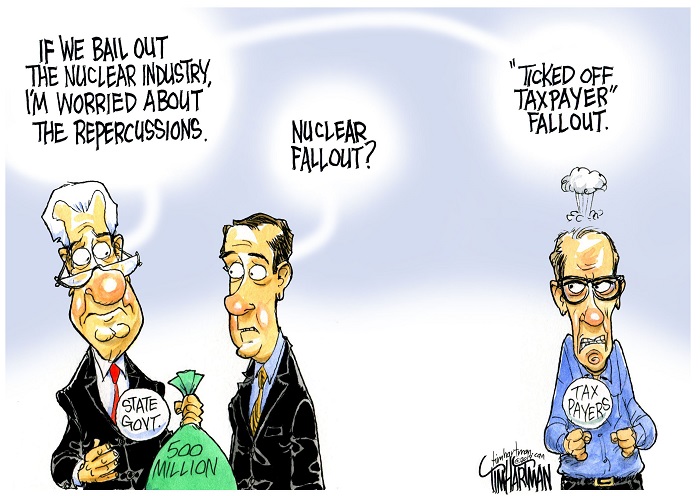Media

Nuclear Subsidies: Grabbing Defeat from the Jaws of Victory
Sales pitches often downplay the cost of the product, so smart buyers have to look beyond the advertised price. For instance, when you purchase a home, you consider the sales price and the interest rate of the mortgage, closing costs, cost of insurance, maintenance, local property taxes, and so forth.
When proponents of a nuclear bailout suggest its cost will be only a few dollars a month extra on Pennsylvanians' electric bills, it’s worth looking beyond the sales pitch to the other costs identified by the Pennsylvania Office of Consumer Advocate.
As reported by StateImpact Pennsylvania, here's the average annual costs of the nuclear subsidy currently under consideration in the state House:
- Residential customer: $35
- Small commercial: $1,322
- Medium commercial: $3,480
- Large hospital/Medium manufacturer: $62,640
- Industrial customer/University campus: $696,000
Taken together, those numbers add up to a lot—about $500 million by some estimates. Every penny of which will be passed on to consumers, through price raises.
This is a point made regularly by David Taylor, president of the Pennsylvania Manufacturers’ Association, a champion of the state’s competitive energy market that would be undermined by a nuclear bailout.
According to Mr. Taylor, Pennsylvania electricity rates were 15-20 percent higher than the national average prior to the state’s transition to a more competitive market in the 1990s. Now, they are five to eight percent lower than the average. That's a swing of 28 percentage points.
In a recent PMA video interview, Travis Kavulla, director of energy policy at R Street Institute, says Pennsylvania is viewed as a model for competitive energy markets and lower electricity prices. However, he says, proposed legislation to subsidize nuclear power will “grab defeat from the jaws of victory.”
He says HB 11 would increase the regulated, non-competitive share of the electricity market from less than 20 percent to nearly 70 percent, leaving less than one third of the market subject to competition.
Mr. Taylor adds that electricity customers paid nearly $9 billion to the owners of Pennsylvania nuclear plants to cover the cost of their operations as part of a package that transitioned the plants to competitive markets a couple decades ago.

Asking Pennsylvania consumers to subsidize nuclear energy again is unfair and ultimately more destructive to the economy than the closure of one unprofitable nuclear facility.